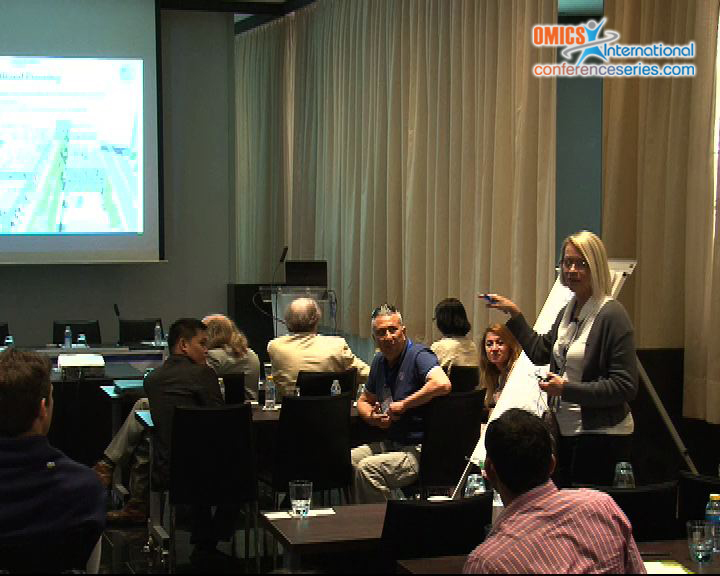
Piret Plink-Bjorklund
Colorado School of Mines
USA
Title: Intensification of extreme precipitation – ancient archives predict the future?
Biography
Biography: Piret Plink-Bjorklund
Abstract
Changes in the frequency or intensity of extreme weather and climate events have profound impact on both human society and the natural environment.Rising concentrations of greenhouse gases may already be influencing the intensity of rainfall. Yet, such extreme weather events remain ambiguous to predict, or even determine whether linked to global warming or short-term variability, showing that these climate processes and their drivers are not yet well understood. Extreme precipitation events, where most of the average annual precipitation falls during a few high-intensity events, are in current climate conditions most frequent in the monsoonal and the bordering subtropical zones, linked to the seasonal migration of the Inter-Tropical Convergence Zone. A recent review of modern and ancient monsoonal and subtropical river systems shows that such rivers display distinct sedimentary characteristics as a function of frequent extreme precipitation induced high-magnitude floods. More than 80% of water discharge and almost 100% of sediment loadis transmitted during such events, as only the flood discharge is the efficient discharge, able to transport sediment. As a result such river deposits are an archive of high-magnitude floods and thus an archive of extreme precipitation events that induced the floods. Analyses of river deposits from some past greenhouse climatesindicate long-term intensification of extreme precipitation and poleward expansion of monsoon-like precipitation patterns. These data suggest Hadley Cell expansion as a response to global warming, and support the hypothesis that current intensification of extreme precipitation is indeed linked to the anthropogenic global warming.



